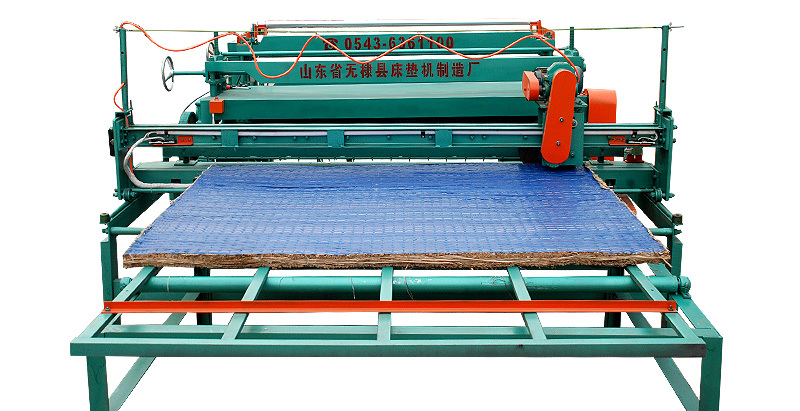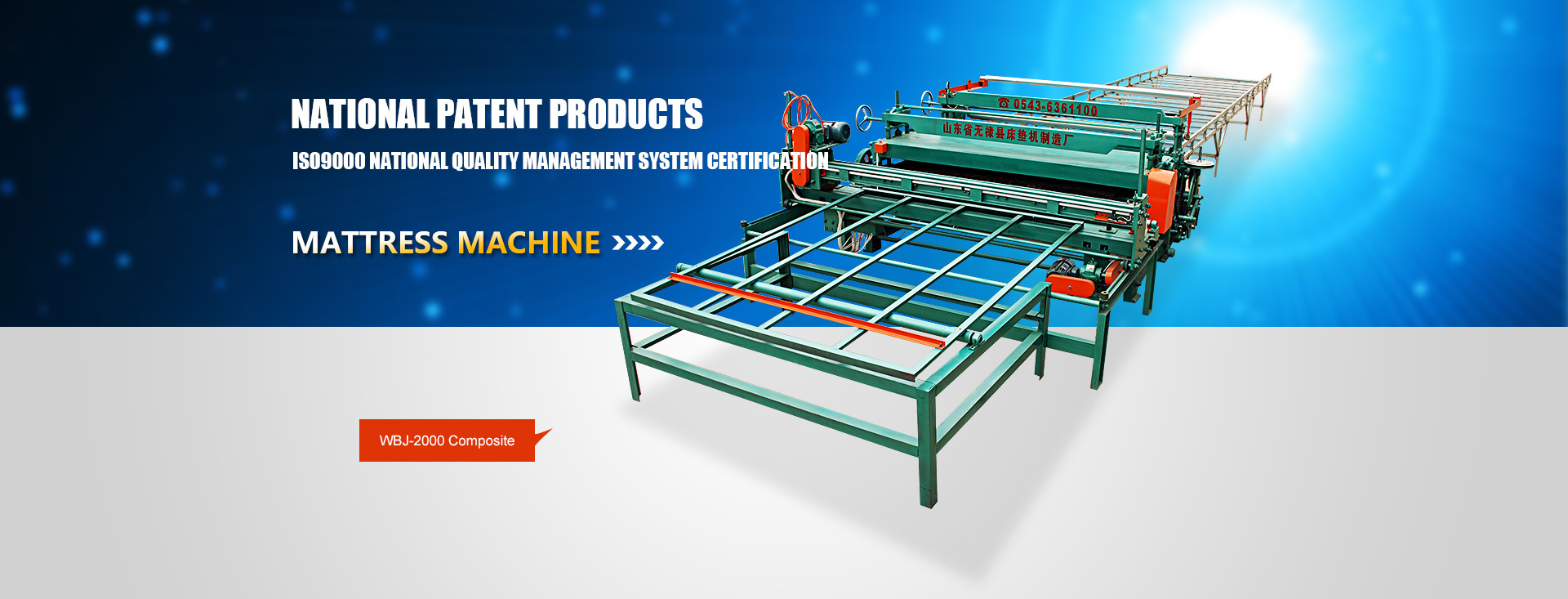Safe operation, maintenance, and upkeep
Release time:
2014-03-02 14:44
Source:
First: Inspect the machine for damage, the firmness of the components, and whether the screws are loose. Check the mating surfaces of the various guides for any damage or other abnormalities. Second: The raw materials in the feed hopper should be evenly and fully spread; the line materials should be threaded correctly and without omission. When adding materials, strictly prohibit mixing non-raw materials such as wood and metal. Third: Check whether the wiring in the distribution box and the various output lines are connected properly, whether the control buttons and various limit switches are sensitive and reliable, and whether there is any leakage.
1. Inspect the machinery for damage, the firmness of components, loose screws, and any damage or abnormalities on the mating surfaces of the guides. 2. The raw materials in the feed hopper should be evenly and sufficiently spread, and the line materials should be correctly threaded without omissions. Strictly prohibit mixing wood and metal or other non-raw materials during feeding. 3. Check if the wiring in the distribution box and each output line are well connected, and if the control buttons and each limit switch are sensitive and reliable, without leakage. 4. When starting the machine, the rotation direction of the motor must be checked. Reverse rotation of the motor is strictly prohibited. 5. Sufficient lubricating oil should be applied to each lubrication point. During shift maintenance, use thinner lubricating oil to lubricate the shuttle plate. Strictly prohibit lubricating the needle beam and the locking plate, and keep the shuttle track clean. (Each lubrication point should be lubricated at least once per shift) 6. Each roller and rotating component should be maintained after producing 5000 meters of reed board. (Clean weeds and dirt and keep lubricated) 7. The main gear box should be cleaned and the grease replaced every six months. 8. Check once before starting the machine each shift. 9. Important: The gap between the locking plate and the lower end opening of the needle beam should be maintained between 1-1.5 mm, and in the same horizontal position. If the locking plate is deformed, it will cause the shuttle to deviate, deform, and be damaged.

Previous Page
Related News







